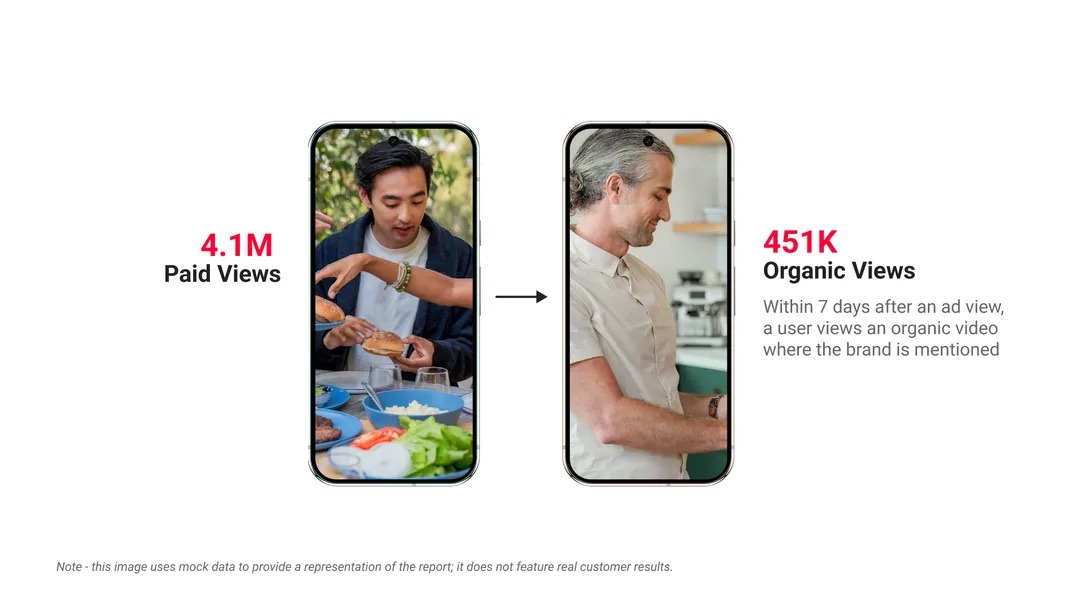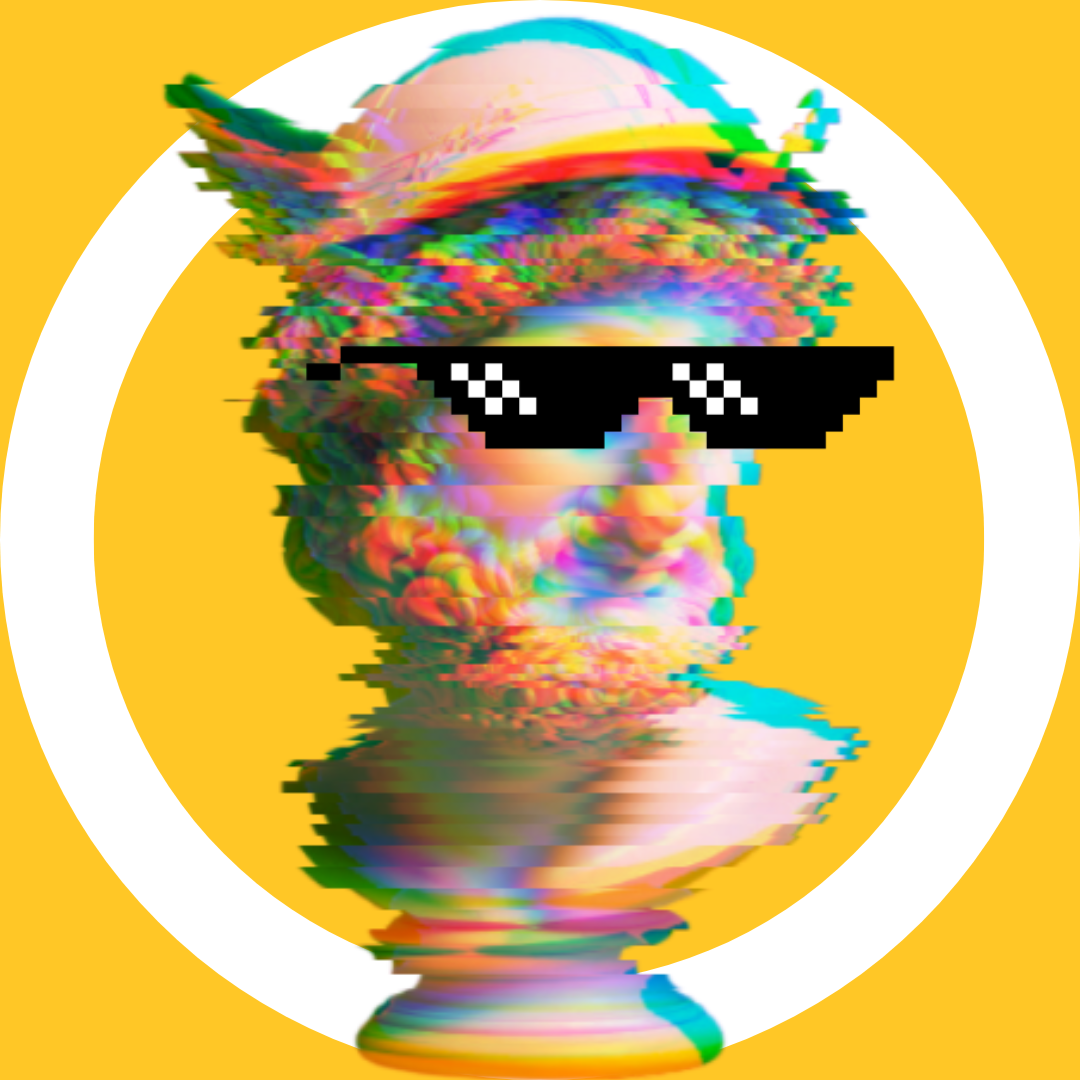If you’re Coca-Cola, people aren’t looking for New Coke.
If you’re Jones Soda, people aren’t looking for a Coke clone.
Ohio State is a story when it doesn’t win, not when it lives up to all the advanced billing. The Buckeyes chug along, replacing bastions of NFL talent with a fresh cast, year after year.
Indiana is still a story because we couldn’t have seen this coming. Indiana is a surprise. Indiana is new.
It’s important to remember what your customers want from you.
Attention can be a trap. Especially if people want comfort and familiarity.
via ESPN
Turn the bottleneck into a moment of delight.
If your product must do something then don’t be shy about it. Make a feature out of it. Make the constraint the point of it all.
Friction cannot be dropped to 0.
Instantaneous everything is impossible (for now?).
Instead of trying to hide, downplay, or ignore negatives in your product. How can you add a layer of fun or weird or reflection or absurdity to both acknowledge the friction moment and transform it into something the customer remembers for a positive reason?
via Matt Webb
YouTube’s new Brand Pulse Report seems like it could be really useful.
evaluate your brand presence across YouTube by detecting brand mentions via visuals (brand logos, product shots, etc.) and language (audio, video titles, etc.). So, if a creator uses or mentions your product in passing, we recognize it and capture it.
incorporating metrics that demonstrate how your paid ads on YouTube can lead to more views on organic videos — a previously underreported value for paid media — and how users seeing both your paid and organic videos together leads to searches for your brand.

If you’re in retail / ecomm, this will feel accurate:
We’re in the middle of a weird under-advertised fall Prime Day. But we’re also preparing for BFCM, so it’s an awkward time to scale spend.
Conversion performance is dropping off, but that’s only because people know Black Friday is coming.
Parents are also getting a new toy catalog each week.
Discretionary funds are either going to unplanned Prime Day Expanded Universe purchases or getting earmarked for later holiday shopping.
(UX tip: don’t ship a catalog and not have some items on your site, Amazon.)
via Northbeam

